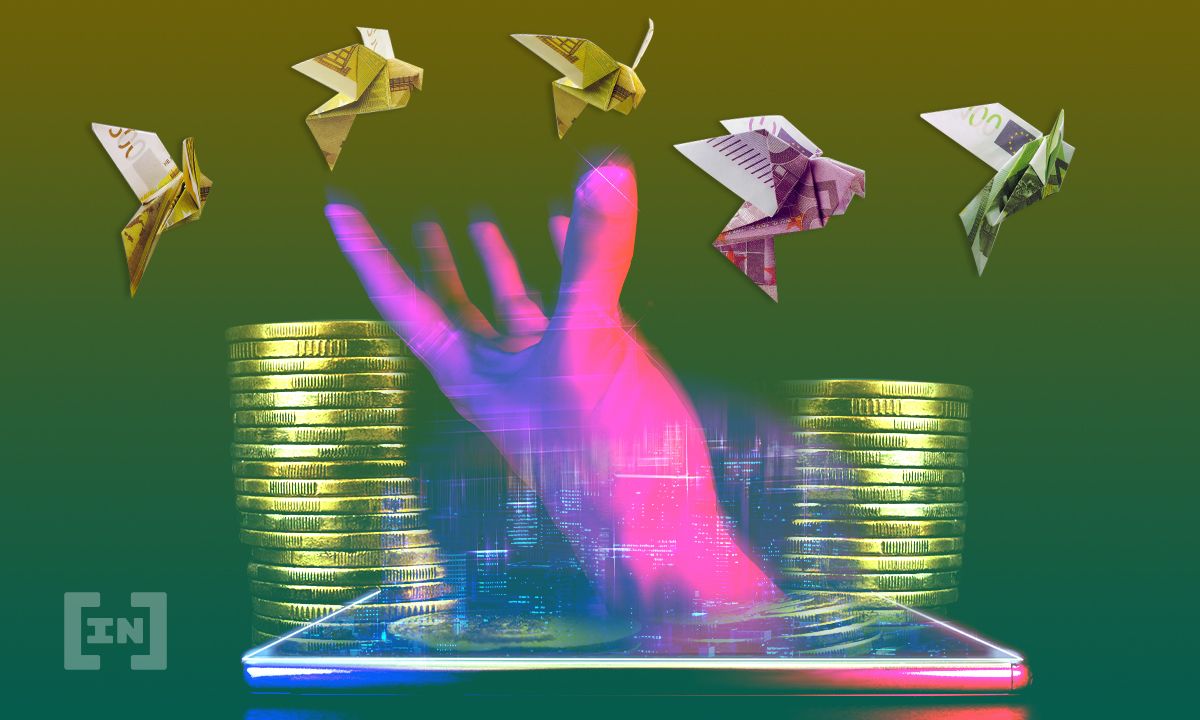The New York Times sold and NFT tied to one of its articles about NFTs for $560,000. The proceeds will go to the newspaper’s charity outlet, Neediest Cases Fund.
New York Times journalist Kevin Roose turned an article he wrote about NFTs into an NFT. The article begins by describing what NFTs are. The article also explains how he made the token and putting it up for auction. He also details what exactly someone gets when they purchase an NFT.
Roose’s NFT Article
Roose characterizes NFTs as “a new kind of digital collectible item that is stamped with a unique bit of code that serves as a permanent record of its authenticity.” He then gives several prominent examples, such as Beeple’s NFT selling for $69 million at Christie’s auction house. Inclined to try it out for himself, he asks, “why can’t a journalist join the NFT party, too?”
First, Roose created a new wallet using MetaMask. He then decided to use NFT marketplace Foundation because it hosted the sale of the Nyan Cat NFT for $600,000. After linking his wallet to Foundation, he uploaded an image of his column to the decentralized storage service InterPlanetary File System (IPFS). “I then had to mint a token mapped to that file — essentially, generating a unique cryptographic signature that would live on the Ethereum blockchain, marking the file I uploaded as the real one,” Roose explains.
Whereas minting an NFT was simple, he elaborated on the more complicated process of adding it to Ethereum. He described having to pay gas fees for a pair of transactions, “one to mint the token and another to generate the code that runs the auction.” After this, he lists the NFT for sale, setting the reserve price for the auction at 0.5 ETH, roughly $850.
Roose then informs his readers what exactly they would be paying for if they bought the NFT. Here he specifies that the “unique digital collectible corresponds to an image of this column in PNG format” but does not include the copyright to the article itself. Apart from the other advantages, Roose explains, “the biggest perk of all owns a piece of history.”
Other Newspapers’ NFTs
The New York Times is not the only news organization to consider selling NFTs to be of importance. This past week, TIME magazine auctioned NFTs of three of its iconic magazine covers. The cover latest entitled “Is Fiat Dead?” sold on the marketplace SuperRare for 83 ETH, roughly $131,600.
Earlier this month, the Associated Press (AP) sold an NFT commemorating the first time it called a US election on the blockchain. Regarding its significance, Dwayne Desaulniers, AP’s Director of Data Licensing, said, “digital historical artifacts like this innovative NFT artwork represent the next step in the evolution of marking historical events digitally.”
Disclaimer
In adherence to the Trust Project guidelines, BeInCrypto is committed to unbiased, transparent reporting. This news article aims to provide accurate, timely information. However, readers are advised to verify facts independently and consult with a professional before making any decisions based on this content. Please note that our Terms and Conditions, Privacy Policy, and Disclaimers have been updated.


